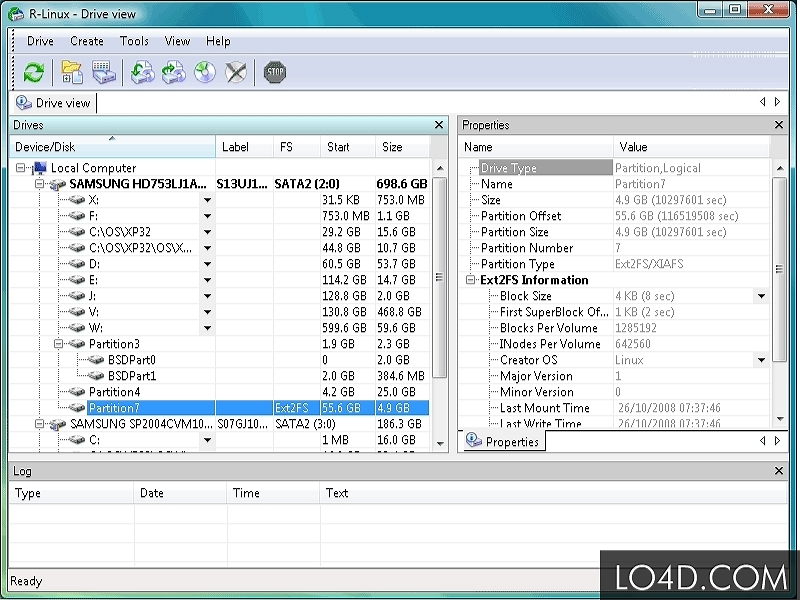recover

* hard disk device name
* year of deletion
* month of deletion
* weekday of deletion
* first/last possible day of month
* min/max possible file size
* min/max possible deletion hour
* min/max possible deletion minute
* user id of the deleted file
* a text string the file included (can be ignored)
if recover found any fitting inodes, it asks to give a directory name and dumps the inodes into the directory. finally it asks you if you want to filter the inodes again (in case you typed some wrong answers).
note that recover works only with ext2 filesystems - it does not support ext3.
http://recover.sourceforge.net/linux/recover/